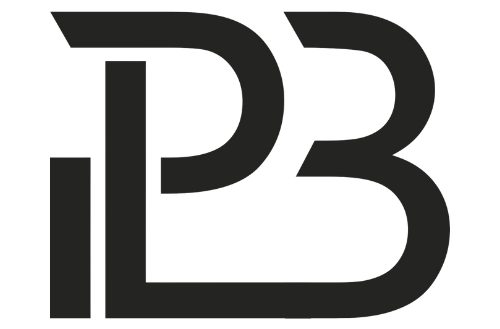Discover how feedback loops can dramatically enhance your productivity. Learn how to apply feedback loops in personal and professional settings for continual performance improvement.
In both personal development and professional environments, the concept of feedback loops offers a powerful tool for enhancing productivity and efficiency. A feedback loop, in essence, is a system used to gather and use information about a performance outcome to make improvements in future actions. This article explores how feedback loops can be effectively implemented to drive performance improvement and supercharge productivity.
Table of Contents
Understanding Feedback Loops
Feedback loops are processes in which the outputs of a system are circled back and used as inputs. In the context of productivity, this means taking the results of a task or project, analyzing them, and then using that information to improve future performance. There are two types of feedback loops:
- Positive Feedback Loops: These amplify changes or outputs to increase productivity. For example, when a successful strategy leads to rewards that motivate further effort and success.
- Negative Feedback Loops: These reduce outputs or change to bring a system back to its target state, such as when an error prompts a change in process to avoid future mistakes.
Benefits of Feedback Loops
- Enhanced Learning: By regularly assessing outcomes, individuals and teams can learn quickly from mistakes and successes.
- Increased Motivation: Seeing the results of one’s efforts can increase motivation, especially if feedback is positive and constructive.
- Improved Efficiency: Feedback loops help to streamline processes by identifying inefficiencies and eliminating unnecessary steps.
Applying Feedback Loops to Boost Productivity
Set Clear Objectives
For feedback loops to be effective, objectives need to be clear and measurable. Whether you’re working on a personal project or a professional task, define what success looks like in quantifiable terms.
Gather Data
Collect data on your performance. This can be quantitative data, such as sales numbers, or qualitative data, like customer feedback. The key is to have reliable and timely data that reflect your performance accurately.
Analyze Feedback
Analyze the data to understand what is working and what is not. This analysis should lead to actionable insights. Ask yourself questions like:
- What processes are leading to the best results?
- Where are the bottlenecks?
- What changes have led to improvements in performance?
Implement Changes
Based on your analysis, make informed changes to your approach. This step is crucial as it involves applying what you have learned to modify behaviors or processes to enhance productivity.
Monitor Results and Adjust
After implementing changes, it’s important to continue monitoring the results. This ongoing process helps to refine strategies continually and ensure that the feedback loop is functioning as intended.
Technologies to Enhance Feedback Loops
Leveraging technology can significantly streamline the feedback loop process. Here are a few tools that can facilitate effective feedback management:
- Performance Tracking Tools: Software like Monday.com or Asana allows teams and individuals to track their progress on tasks and projects. These tools provide platforms for ongoing feedback and adjustments.
- Analytics Platforms: Tools like Google Analytics for web-based projects or Tableau for business analytics help gather and visualize data, making it easier to analyze performance and make data-driven decisions.
- Survey Tools: Platforms like SurveyMonkey or Google Forms can be used to gather qualitative feedback from customers or team members, which is essential for measuring satisfaction and identifying areas for improvement.
Read More:
- The Science Behind Taking Breaks for Increased Efficiency
- Inbox Zero Email Management: Achieving and Maintaining Email Nirvana
- Maximizing Efficiency with the Two-Minute Rule
Conclusion
Feedback loops are a dynamic and effective way to enhance productivity by fostering a cycle of continuous improvement. By setting clear objectives, gathering and analyzing feedback, and making informed adjustments, individuals and organizations can optimize their performance and achieve their goals more efficiently. Implementing the right tools and technologies to support these feedback loops can further enhance their effectiveness, leading to greater success and productivity.




